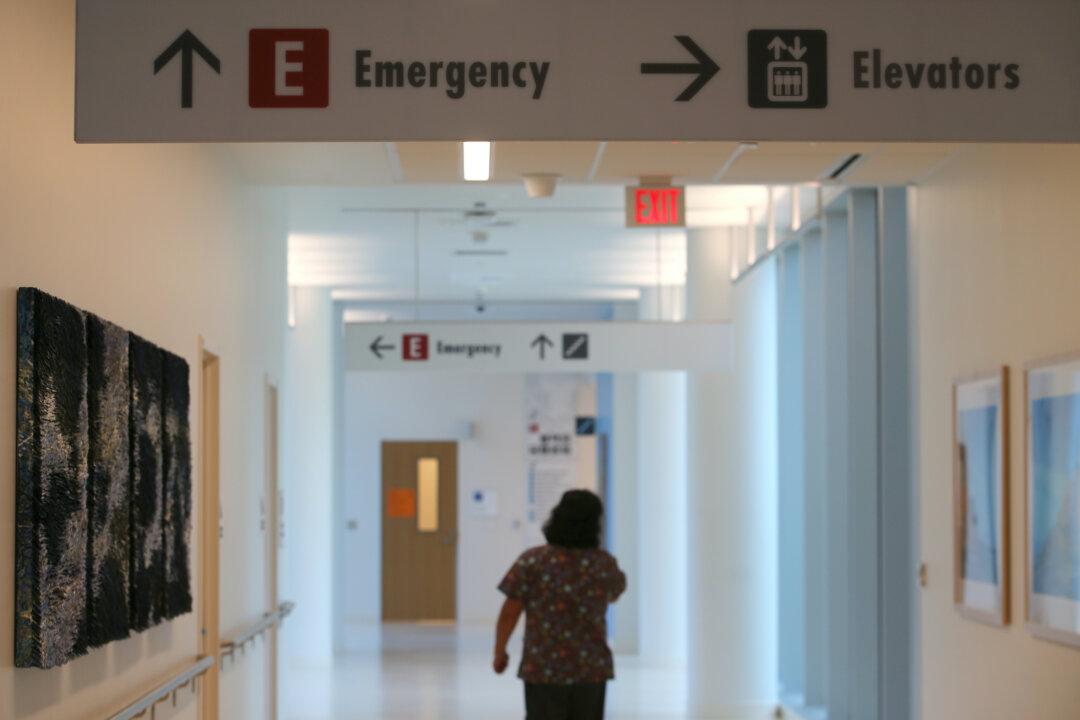NEW YORK—Oil rose about 2 percent on Wednesday, rebounding from the previous day’s lows, as an international energy watchdog expects an increase in gas-to-oil switching due to high prices this winter, even though the outlook for demand remains gloomy.
Brent crude futures rose by $1.86 a barrel, or 2 percent, to $95.03 by 11:58 a.m. EDT (1558 GMT). U.S. West Texas Intermediate crude gained $2.06, or 2.4 percent, to $89.37.





